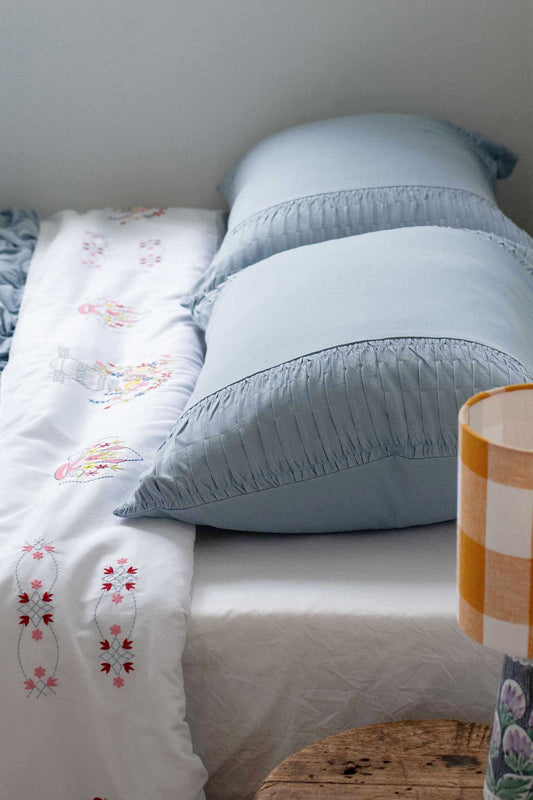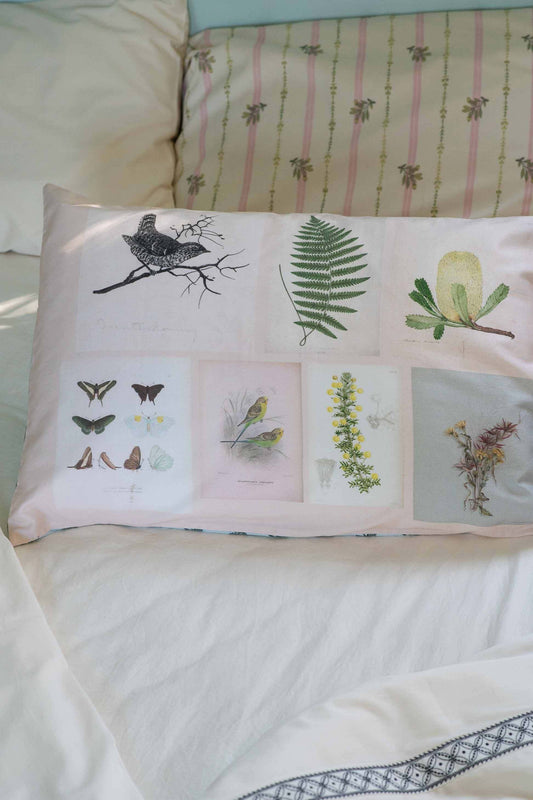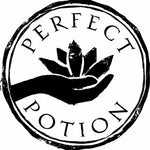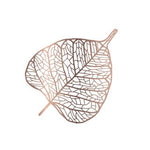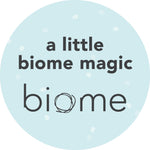The 'plastic soup' affecting the oceans is making its way into our homes as microplastics in our drinking water supply—and it's not a soup any of us want on the menu.
So, how can you filter and remove the microplastics that studies show are present in tap and bottled water whether at home, work, or when travelling?

Thankfully, most of the ceramic water filters and water filter bottles available at Biome will remove micro-plastics (tiny plastic fibres) from water because these filters are capable of removing particles down to 0.5 microns in size.
What size microplastics are found in drinking water?
Microplastics currently being found in drinking water range in size from a few microns (µm) to a few millimeters (mm). For comparison, a human hair is about 70 microns thick, so a one-micron particle is roughly 70 times thinner than a single strand of hair—about the size of certain bacteria or the width of a spider silk thread. The sizes of microplastics in bottled water and tap water are:
- Small microplastics: These are often defined as particles less than 1 millimeter (1000 microns) in size. Many studies have found microplastics in the range of 10 to 500 microns in drinking water.
- Nano-sized microplastics: These are even smaller particles, typically less than 100 microns, and can go down to just a few microns in size. These smaller particles are more difficult to detect and study but are increasingly recognised as a component of microplastic pollution in water.
- Larger microplastics: While still categorised as microplastics, particles closer to 5 millimeters in size are also found, although they are less common in drinking water compared to smaller particles.
The variation in size depends on the source and type of plastic, as well as environmental factors that contribute to the breakdown of larger plastic items into smaller fragments. These microplastics can come from a variety of sources, including the degradation of larger plastic debris, synthetic fibers from clothing, and even from the bottling process itself.
Most of our filters will remove particles down to 0.5 microns. Of course, any particles under this size will not be removed, but 0.5 microns is minuscule.
Gravity water filters
The Doulton Super Sterasyl filters fit stoneware water purifiers or can be purchased separately > filter that removes microplastics from water.
Fluoride Plus filters will remove the microfibres down to 0.5 microns as well as removing up to 97% of fluoride in the water. We recommend filtering your tap water at home and filling up your reusable stainless steel or glass water bottle to take with you.

This Doulton filter fits Filteroo, Southern Cross Pottery stoneware water purifiers, Pozzini, Coolaway, and Stefani gravity water filters. Our stoneware water purifiers and ceramic filters are already very popular with customers because they remove chlorine, which makes the water so much better, along with rust and other particles, which we know now means tiny pieces of plastic also. A fantastic health benefit that we never even knew we were gaining until recently!
Lifestraw water bottles
To filter while on the go, LifeStraw's water filter bottles are among the only water filtration everyday bottles guaranteed to remove microplastics because of the inclusion of the membrane technology.
The following products are effective at removing microplastics:
- LifeStraw Peak Solo
- Peak Straw
- Peak Series Collapsible bottles
- Go Series 2.0 Stainless Steel Water Filter Bottles
- Go Series 2.0 Plastic Water Filter Bottles
Tappwater
Tappwater filters through the carbon block catching particles down to 1-2 microns (also known as micrometres, µm), filtering up to 99% of microplastics.
The following products are effective at removing microplastics:
What is the problem with microplastics in drinking water?
The soup of disintegrated plastic bags, bottles and other items in our oceans is well known and increasingly we hear about microplastics, tiny synthetic fibres washed from our clothes, cosmetics and other sources into sewage systems and then into waterways. It is also believed that fibres become airborne from fabric and carpet wear and tear and clothes drying, and then fall into the water.The scale of global microplastic contamination is only starting to become clear, with studies in Germany finding fibres and fragments in all of the 24 beer brands they tested, as well as in honey and sugar. In Paris in 2015, researchers discovered microplastic falling from the air, which they estimated deposits three to 10 tonnes of fibres on the city each year... 1We knew that fish consumed these microplastics, contaminating sea life and any creature that eats those fish. But, we now know that humans are drinking microplastics from tap water, and that some bottled water has even twice the amount of plastic particles. Among the studies that highlighted the problem, in 2017, tap water samples from over 12 countries were analysed by scientists for an investigation by Orb Media that was reported in the Guardian:
83% of the samples were contaminated with plastic fibres. The US had the highest contamination rate, at 94%, with plastic fibres found in tap water sampled at sites including Congress buildings, the US Environmental Protection Agency's headquarters, and Trump Tower in New York. Lebanon and India had the next highest rates. 1A second study has led to the World Health Organisation conducting a review into the potential risks of plastic in drinking water after plastic microfibres were found in some of the world's most popular bottled water brands. In this study also commissioned by Orb Media and reported in the Guardian:
Analysis of 259 bottles from 19 locations in nine countries across 11 different brands found an average of 325 plastic particles for every litre of water being sold. In one bottle of Nestlé Pure Life, concentrations were as high as 10,000 plastic pieces per litre of water. Of the 259 bottles tested, only 17 were free of plastics, according to the study. The scientists wrote they had “found roughly twice as many plastic particles within bottled water” compared with their previous study of tap water. 2
Are there microplastics in bottled water in Australia?
Yes, there is evidence of microplastics in bottled water, including disposable plastic bottles, in Australia and around the world. Studies have found that microplastics can contaminate bottled water due to various factors:
- Manufacturing process: Microplastics can be introduced during the bottling process. For example, the friction from opening and closing the caps can cause tiny plastic particles to shed into the water.
- Packaging material: The plastic used in bottles and caps can degrade over time, especially when exposed to heat or sunlight, leading to the release of microplastic particles into the water.
- Environmental contamination: The water source itself may already be contaminated with microplastics, which are prevalent in many natural water bodies due to pollution. These microplastics can end up in the bottled water during the production process.
A study published in 2018 by Orb Media tested bottled water from various brands worldwide, including some in Australia, and found microplastic contamination in 93% of the samples.
How do Doulton filters remove microplastics from tap water?
Doulton ceramic water filters provide an absolute filtration rating of 99.99%+. It's a clever process that filters sub-micron particles and pathogenic bacteria. Doulton offers different grades of filters depending on the contaminants you wish to filter from water. Biome stocks the Super Sterasyl filter listed on the left of this diagram: Outer Shell for micro filtration, anti-bacterial silver technology guards the ceramic against bacterial growth, and activated carbon core to remove chlorine. 
Doulton ceramic filters add nothing to the water during filtration. This ensures that essential minerals are retained for healthy water and a superior taste.
Further Reading 1. https://www.theguardian.com/environment/2017/sep/06/plastic-fibres-found-tap-water-around-world-study-reveals 2. https://www.theguardian.com/environment/2018/mar/15/microplastics-found-in-more-than-90-of-bottled-water-study-says













